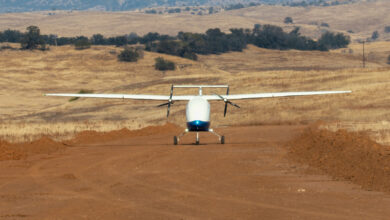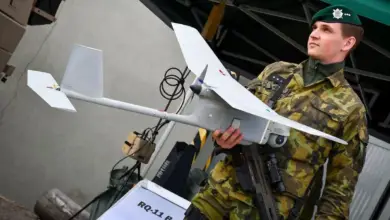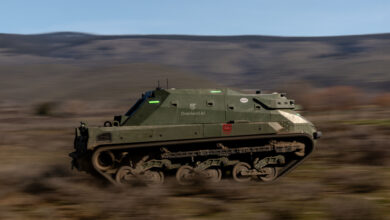The US Navy is developing and testing algorithms to sustain unmanned underwater vehicle (UUV) operability in bathymetry operations.
Bathymetry is a method of mapping sea floors and identifying materials underwater. Introduced in the 1800s, the technique was modernized during the Second World War to amplify intercept missions against submerged threats.
According to the navy, the latest project aims to bolster the UUV’s autonomous cooperation and relative location estimations of sub-surface drone fleets over longer periods of bathymetry operations.
The effort is being led by the agency’s Florida-based Naval Surface Warfare Center Panama City Division (NSWC PCD) in collaboration with experts from Utah’s Brigham Young University (BYU).
Among the testbeds for the initiative includes BYU’s Iver 3, an autonomous underwater vehicle operated by the university’s Field Robotic Systems (FRoSt) Laboratory and developed by defense industry partner L3Harris.

“To test these techniques, we are developing a low-cost fleet of UUVs based on the Disposable Reusable Expeditionary Warfare Underwater Vehicle (DREW-UV) developed at NSWC PCD,” BYU Electrical and Computer Engineering Dr. Joshua Mangelson explained.
“These low cost UUVs will be used in coordination with BYU’s IVER3 UUVs to conduct in-site testing of the proposed algorithms.”
“We chose this project because it builds upon our expertise in localization and provides ample opportunities for many students to get involved in Navy-relevant research problems.”
The Iver 3
The Iver 3 is constructed at between 74 to 85 inches (188 to 216 centimeters). It is integrated with wireless communication, multiple scanning technology, onboard electronics, and programmable navigation lights.
The drone is powered by an electric motor and has an operational depth of up to 200 meters (656 feet) and a maximum speed of 4 knots.
Naval Engineering Education Consortium
Work for the bathymetry UUV project is being facilitated under the US Department of Defense’s Naval Engineering Education Consortium or NEEC program.
The navy wrote that this framework opens opportunities for students, educators, and scientists to jointly explore solutions for modern challenges while acquiring and nurturing next-generation naval engineering talents.
“Working on the NEEC project serves as a reminder that [my] scholarly endeavors have tangible real-world applications, directly impacting human safety and national security,” BYU PhD student Kalliyan Lay remarked.
“In addition, having the opportunity to visit our sponsoring naval base and see the similarity in our research and agents we use confirmed…that my research is relevant.”
“This experience has allowed me to bridge the gap between theory and practical implementation, igniting a sense of excitement in the idea that even my small advances in research can have impactful effects on the real world.”












